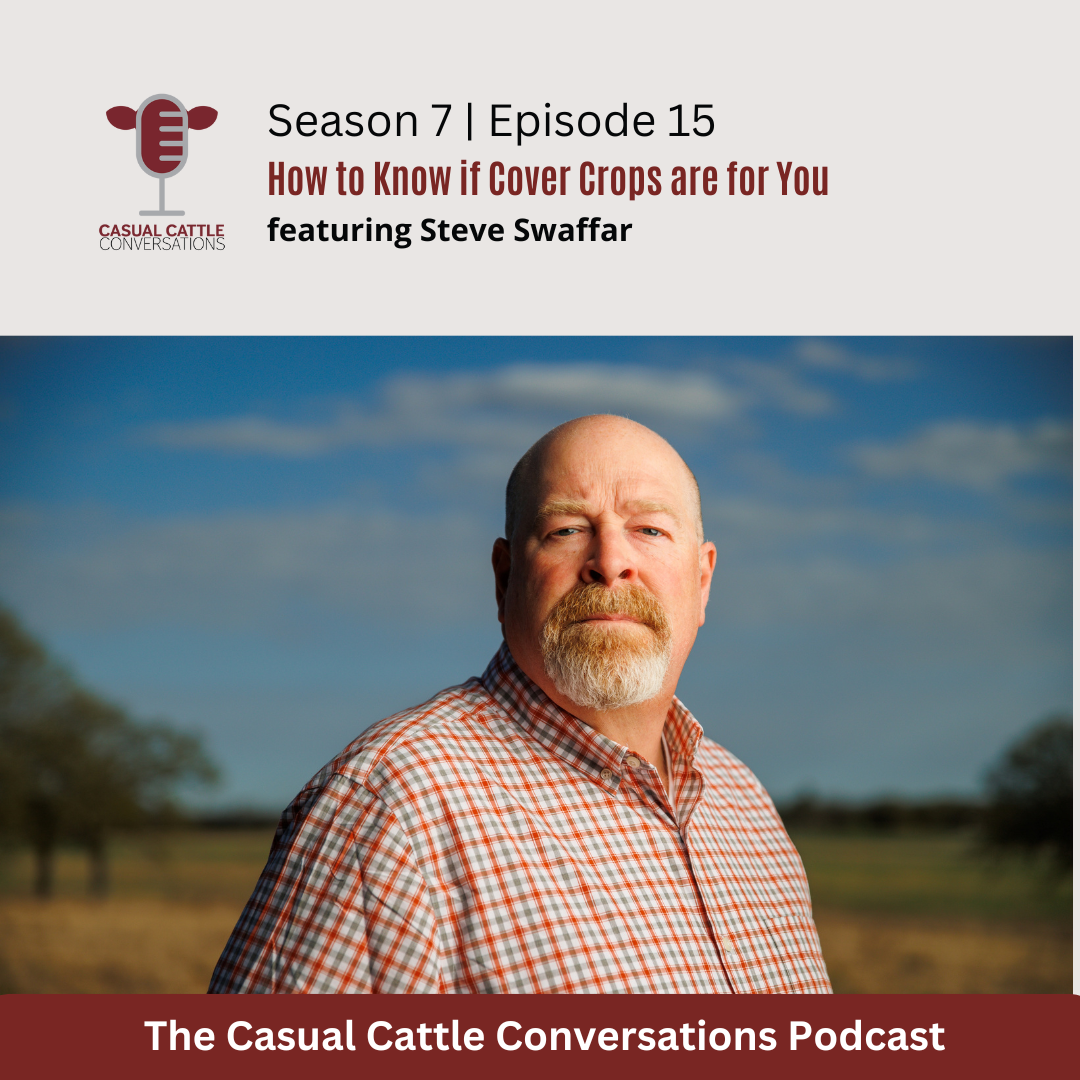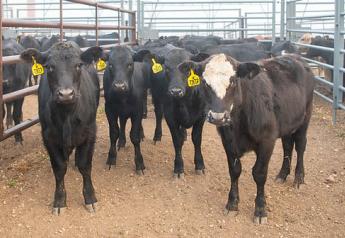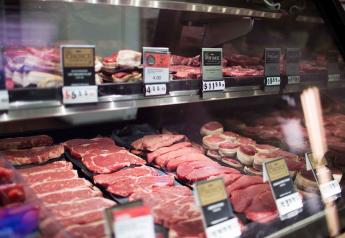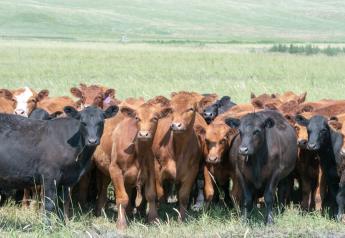How to Know if Cover Crops are for You

Do you plan for the best or worst-case scenario…or both?
In this week’s podcast episode, Steve Swaffar shared that cover crops can be a risk in arid climates depending on the year. However, he encourages producers to be prepared to plant them on a wet year if they are looking to increase ground cover and extend days spent grazing. This is an example of planning for the best-case scenario.
When you think about how you plan and make decisions, do you plan for the best and worst-case scenarios or just somewhere in the middle?
Happy ranching, folks!
When you hear the word crop, it’s easy to start thinking about farming and disassociate how it could pertain to ranching if you aren’t a diversified operation. Yet, cover crops are a valuable practice for both farmers and ranchers. Steve Swaffar said, “Soil health is what drives the discussion around cover crops and just as the word says, it's a tool to keep the soil covered. It's a tool to add diversity to your soil. But for the livestock producer, it's also an appealing forage source. So, we see a pretty good opportunity for marriage between the pure farmer and the pure rancher in that overlap.” Steve Swaffar shared how cover crops can be beneficial to both farmers and ranchers along with how to get started in Season 7, Episode 15 of the Casual Cattle Conversations podcast.
One of the neat aspects of this practice is how it proves to be beneficial in a wide spectrum of climates. “The value of the cover doesn't change across the country. Keeping that soil covered and keeping something growing in the soil is valuable everywhere. It’s how you get the soil covered and the tools you use that are different from one part of the country to another,” said Swaffar. You don’t have to implement this practice every year, but it’s something to keep in your back pocket for when the opportunity arises. “If you are in a harsh environment and cover crops seem like a questionable decision, I’d still encourage you to keep your mind open to it and understand that there are benefits. You won’t be blessed with ample rain every single year. But when you have a good year, you want to be ready. So, maybe keep a little seed in the shed and know where you will put it when the opportunity arises,” said Swaffar. Additionally, if you aren’t set up to plant the crop or don’t have the land available, visit with neighbors or local farmers who see the benefit in cover crops. It’s a win-win situation as the cover crops and animal grazing improve soil health for the farmer and the rancher has reduced days spent feeding.
Before diving into planting or grazing cover crops, cattlemen and women should make sure it is where they should be putting their focus. “I think that with any cover crop or any management decision having a goal in mind is really important. So, if you're about to make a decision of whether to have or not have a cover crop, starting with that goal in mind is really the important step to making a well-informed decision,” said Swaffar. For some producers these goals can look like reducing the number of days they spend feeding in the winter, reducing erosion, managing wet areas, or improving your overall soil health. Cattle producers will also want to determine what the return on investment is, seek advice from an experienced mentor and start small as they begin implementing cover crops into their grazing strategy. 
The beginning years of implementing any change in practice can always lead to a few challenges and hiccups. Keep your goal and the purpose of cover crops top of mind, to get the best results.“The frame of mind is that that's a cover crop. So, it must have a dual benefit. If the idea is you're going to put something in there strictly as forage, let's not call it a cover crop. Cover crop means you're going to leave some residue behind so that that soil is protected. And so producers need to factor that in if indeed, their goal is to have soil benefit as well as forage benefit. And so that's a management decision they just need to make,” said Swaffar. Additionally, Swaffar encourages producers to make sure the root system is well established and to measure how much forage is available before turnout. It’s also important to take extra time to observe grazing behaviors to make future adjustments for timing moves and determining the appropriate paddock size.
Remember to keep an open mind and continue learning about ways to improve your soil health. Cover crops are one tool to keep in the box, but it truly is a whole system focused on improving soil health and natural resources in the long run.
Link to full podcast: https://www.casualcattleconversations.com/casual-cattle-conversations-podcast-shownotes/cover-crops-steve-swaffer







